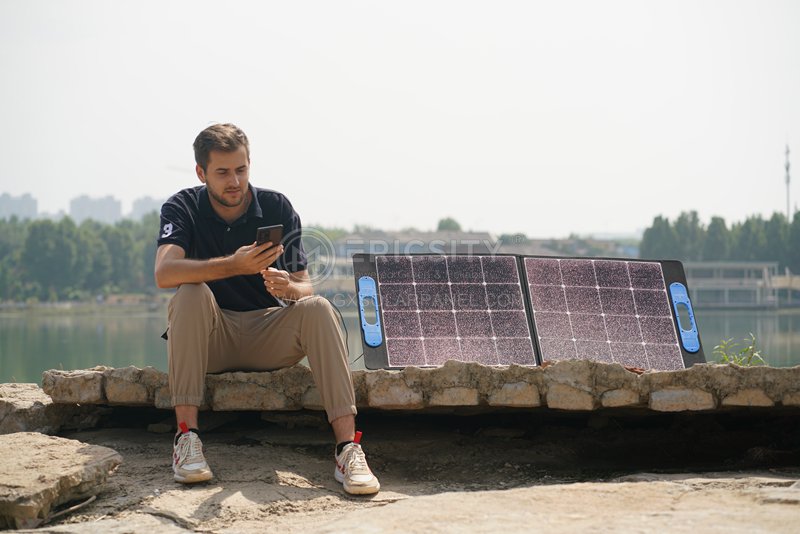HOT PRODUCT
Product Details
amorphous Flexible Solar Panels: The Path To Sustainable Living
Amorphous Flexible Solar Panels: The Path To Sustainable Living
In today’s world, where renewable sources of energy are gaining increasing importance, solar panels have emerged as a popular choice for sustainable living. With advancements in technology, traditional rigid solar panels are being replaced by more flexible and efficient alternatives. Among these alternatives are amorphous flexible solar panels, which offer flexibility in installation and usage, as well as improved energy efficiency. Let’s explore how these panels are shaping the path to sustainable living.
Amorphous flexible solar panels, also known as thin-film solar panels, are made using a unique combination of semiconductor materials. Unlike traditional crystalline silicon panels, which are composed of solid materials, amorphous flexible panels are made by depositing a thin layer of semiconductor material onto a flexible substrate, such as plastic. This technique allows for the production of lightweight and highly flexible solar panels that can be easily integrated into various surfaces.
One of the key advantages of amorphous flexible solar panels is their ability to generate electricity even in low light conditions. Unlike crystalline panels, amorphous panels have a higher wavelength sensitivity, meaning they can capture a broader range of light, including indirect and diffused light. This ensures a more stable energy production throughout the day and makes them particularly suitable for regions with less predictable weather patterns or limited direct sunlight.

The flexibility of amorphous panels enables their application in various settings where traditional solar panels cannot be easily installed. They can be attached to curved or irregular surfaces, such as roofs with complex shapes, vehicles, and even clothing. The versatility in their installation makes them an ideal choice for urban environments, where space is often limited and aesthetic considerations are essential. Amorphous flexible solar panels can blend seamlessly with the surroundings, opening up new possibilities for solar energy integration without compromising on design.
Another advantage of these panels is their durability. The absence of rigid materials, such as glass, makes amorphous flexible solar panels less prone to cracking or damage from impacts. Additionally, their flexibility allows them to withstand extreme weather conditions, including high winds, snow loads, and hailstorms. This durability ensures a longer lifespan compared to traditional panels and reduces the need for frequent replacements, making them a cost-effective option in the long run.

Energy efficiency is a crucial factor when it comes to solar panels, and amorphous flexible panels demonstrate impressive performance in this regard. Their unique semiconductor composition allows them to convert sunlight into electricity more efficiently, even at higher temperatures. This efficiency remains relatively stable over time, ensuring consistent energy production throughout the panel’s lifespan. Additionally, their flexible nature enables better heat dissipation, further enhancing their overall energy conversion efficiency.

Amorphous flexible solar panels also have a lower carbon footprint compared to traditional panels. The manufacturing process of amorphous panels requires less energy and fewer raw materials, reducing the environmental impact associated with production. Moreover, the lightweight and flexible design allows for easier transportation, resulting in lower fuel consumption during logistics.
In conclusion, amorphous flexible solar panels are revolutionizing the way we harness solar energy and are paving the path to sustainable living. Their flexibility, durability, and energy efficiency make them a practical choice for a wide range of applications. With their ability to generate electricity in low-light conditions and their versatile installation options, these panels offer unprecedented opportunities for integrating solar power into our daily lives. The journey towards a more sustainable future is being propelled by amorphous flexible solar panels, empowering individuals and communities to adopt renewable energy solutions and contribute to a greener world.




